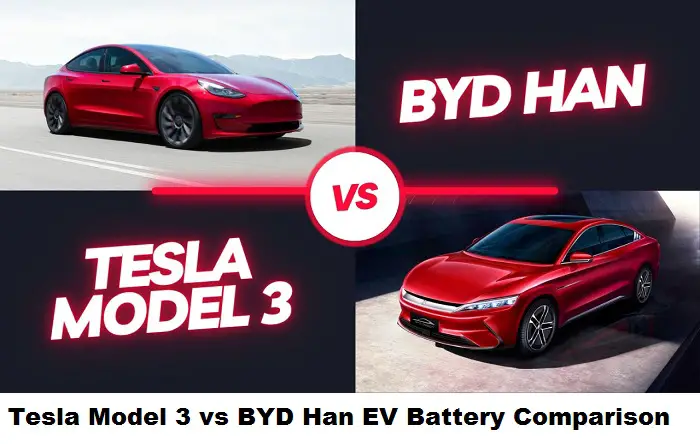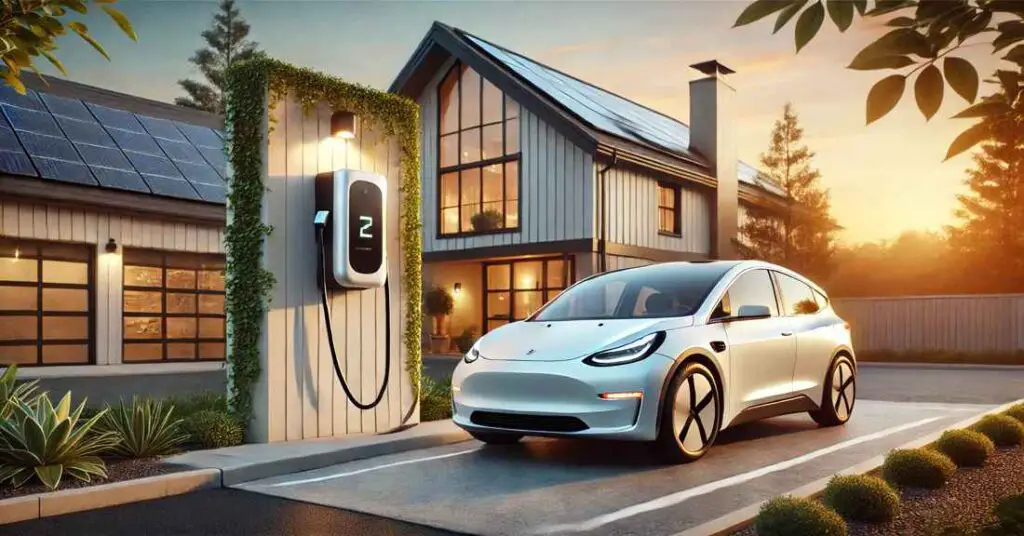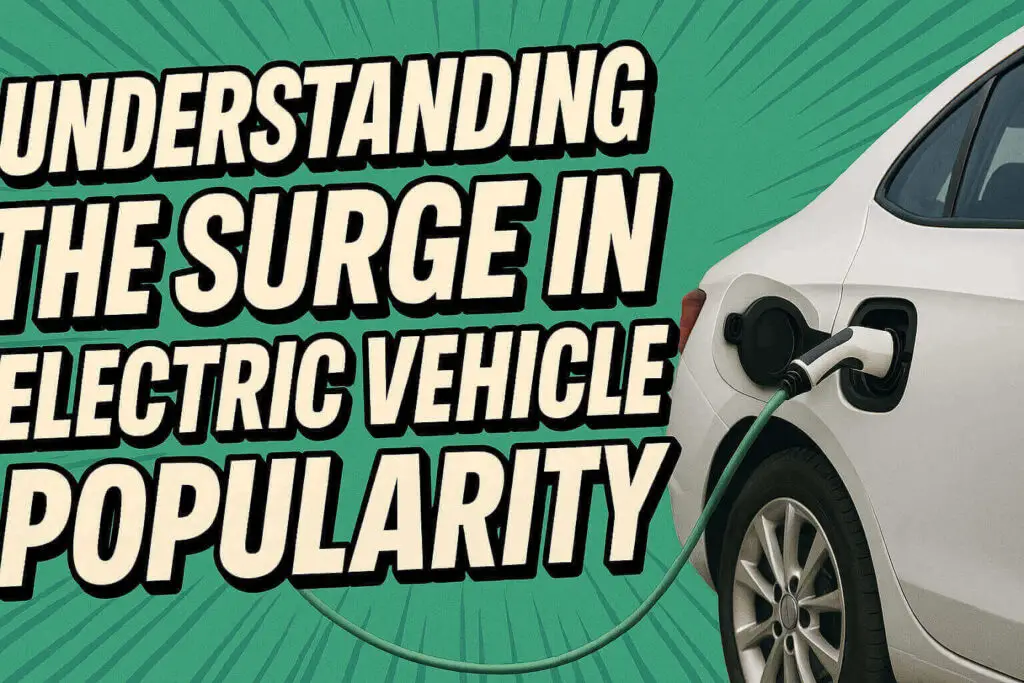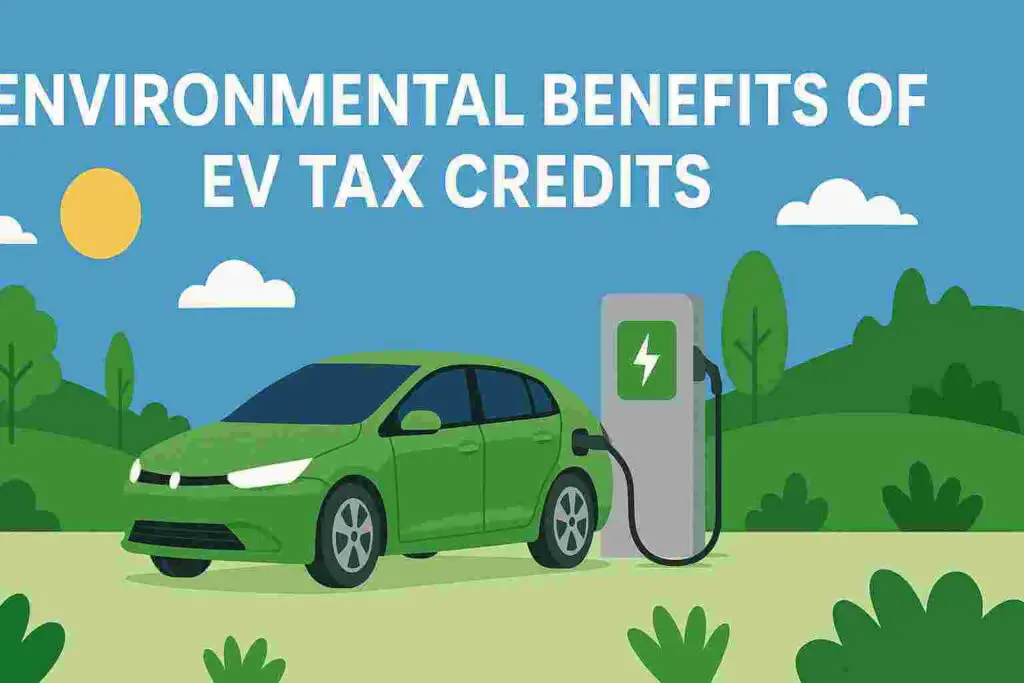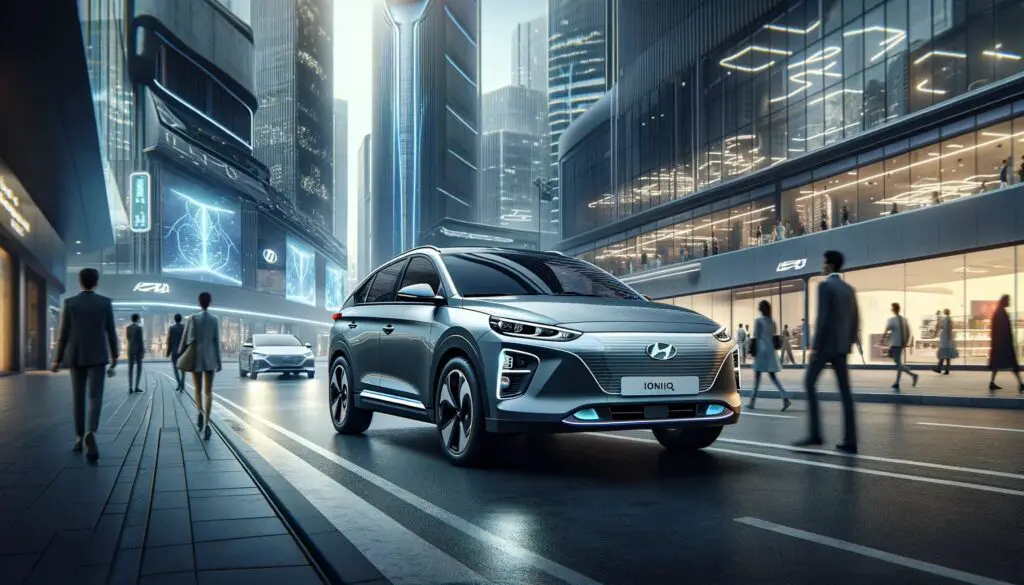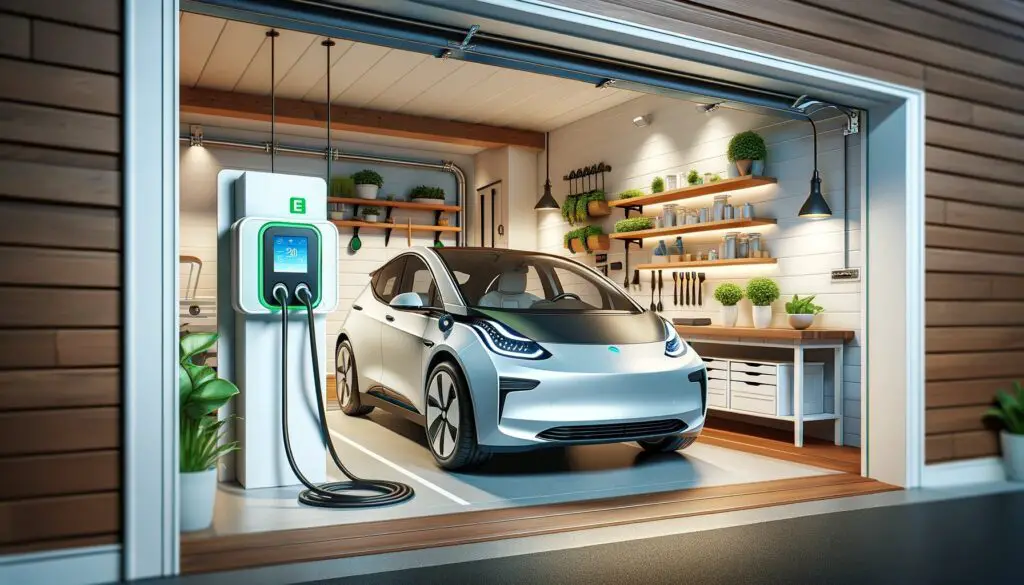In the realm of electric vehicles (EVs), the Tesla Model 3 and the BYD Han EV have emerged as notable contenders, captivating the hearts of consumers in China. The automotive landscape has been electrified with these exceptional electric sedans, each flaunting its distinctive attributes and prowess. As we delve into an intricate analysis of their battery cooling systems, a pivotal aspect of EV performance, a clearer picture emerges, allowing us to comprehend the subtle nuances that set them apart.
Unveiling the Powerhouses
Tesla Model 3: A Symphony of Innovation
The Tesla Model 3, a masterpiece of ingenuity, boasts an assembly of 2170 cells, potentially procured from esteemed manufacturers like Panasonic or LG Chem. This coveted EV has etched its name as the tenth best-selling electric vehicle, amassing nearly 67,000 sales during the initial half of 2023. Its battery pack is not only a reservoir of energy but also a testament to cutting-edge engineering.
BYD Han EV: Forging Ahead with Blade Technology
On the other end of the spectrum, we encounter the BYD Han EV, a frontrunner in China’s automotive market, securing the eighth position among the best-selling cars in H1 2023 with an impressive 72,000 units sold. The distinctive feature of the BYD Han EV lies in its utilization of the Blade battery pack. This innovative battery design showcases the strides made in EV battery technology.
Peeling Back the Layers: Cooling Systems Explored
The heart of an electric vehicle lies within its battery, and effective thermal management is imperative to unleash its full potential. Let us embark on an expedition to decipher the cooling systems of these automotive marvels.
Tesla’s Cooling Marvel
The Tesla Model 3’s cooling mechanism is akin to a symphony of precision. Cooling sheets elegantly envelop the cells within the modules, ensuring optimal temperature control and enhancing cooling uniformity. This meticulous arrangement contributes to the Tesla Model 3’s ability to maintain peak performance even under demanding conditions.
BYD’s Cooling Symphony
Conversely, the BYD Han EV adopts an innovative approach with its Blade battery pack. A cooling plate, thoughtfully positioned atop the cells, orchestrates a dance of temperature moderation. Coolant flows through this plate, diligently managing the thermal equilibrium within the battery pack. The distinctiveness of BYD’s approach lies in its utilization of this cooling plate, showcasing the diverse methodologies in achieving efficient thermal management.
Beyond Cooling: Structural Integrity and Serviceability
Tesla’s Forte: Structure and Serviceability
Tesla’s dedication to structural integrity and serviceability is evident in the construction of the Model 3’s battery pack. Bolts and gelatin-based structural adhesive join forces, bestowing robustness upon the assembly. This meticulous craftsmanship not only ensures enhanced durability but also facilitates ease of disassembly for maintenance or cell replacement.
BYD’s Craftsmanship: A Different Perspective
In the realm of BYD’s Han EV, a different narrative unfolds. While the Blade battery pack’s utilization of screws simplifies disassembly, it comes at the cost of irreplaceability. The cells are firmly affixed to the case’s base through potent adhesive, underscoring a distinct design philosophy. This approach presents a unique perspective on battery maintenance, one that requires careful consideration.
Pinnacle of Efficiency: Cell-to-Pack Design
Tesla’s Modular Brilliance
The Tesla Model 3 employs a modular approach, housing its 2170 cells within four distinct modules. This design allows for individual disassembly, facilitating targeted cell replacement and minimizing downtime. Tesla’s ingenuity shines through, ensuring that serviceability is not merely a concept but a tangible reality.
BYD’s Adhesive Affair
Contrastingly, BYD’s Han EV embraces a cell-to-pack design. The cells adhere steadfastly to the case’s lower surface through a potent adhesive, creating a seamless integration. However, this integration comes at a price – damaged cells become a challenge to replace. The fusion of cells and case represents a design philosophy that necessitates careful consideration of long-term maintenance.
Unmasking Battery Capacity and Charging Capabilities
Tesla’s Enigmatic Capacity
The precise battery size of Tesla’s Model 3 remains veiled in mystery. Yet, through meticulous analysis of EPA energy consumption and claimed range, a potential capacity of around 60 kilowatt hours for standard range variants and 80 kWh for long-range versions emerges. This calculated estimation offers a glimpse into the heart of the Model 3’s power source.
BYD’s Battery Dominion
In the realm of BYD’s Han EV, an 85.4 kWh lithium-iron-phosphate (LFP) battery pack reigns supreme. This formidable reservoir of energy underscores BYD’s commitment to pushing the boundaries of EV technology.
A Nexus of Excellence: Beyond Comparisons
As the canvas of battery comparisons unfolds, it is imperative to acknowledge the nuanced variables that shape the performance and character of each EV. The cooling systems, structural intricacies, serviceability, and cell-to-pack designs represent fragments of a larger mosaic. While the specifics of thermal management and construction differ, they converge in the pursuit of excellence.
In Conclusion, Not Competition
The Tesla Model 3 and the BYD Han EV embark on distinct journeys, underpinned by their unique cooling paradigms and engineering marvels. While the narrative of competition often takes center stage, let us shift the spotlight to the broader landscape of innovation and advancement. These EVs, each with its distinctive qualities, intertwine to redefine the realm of electric mobility, setting the stage for a future where excellence knows no bounds.

